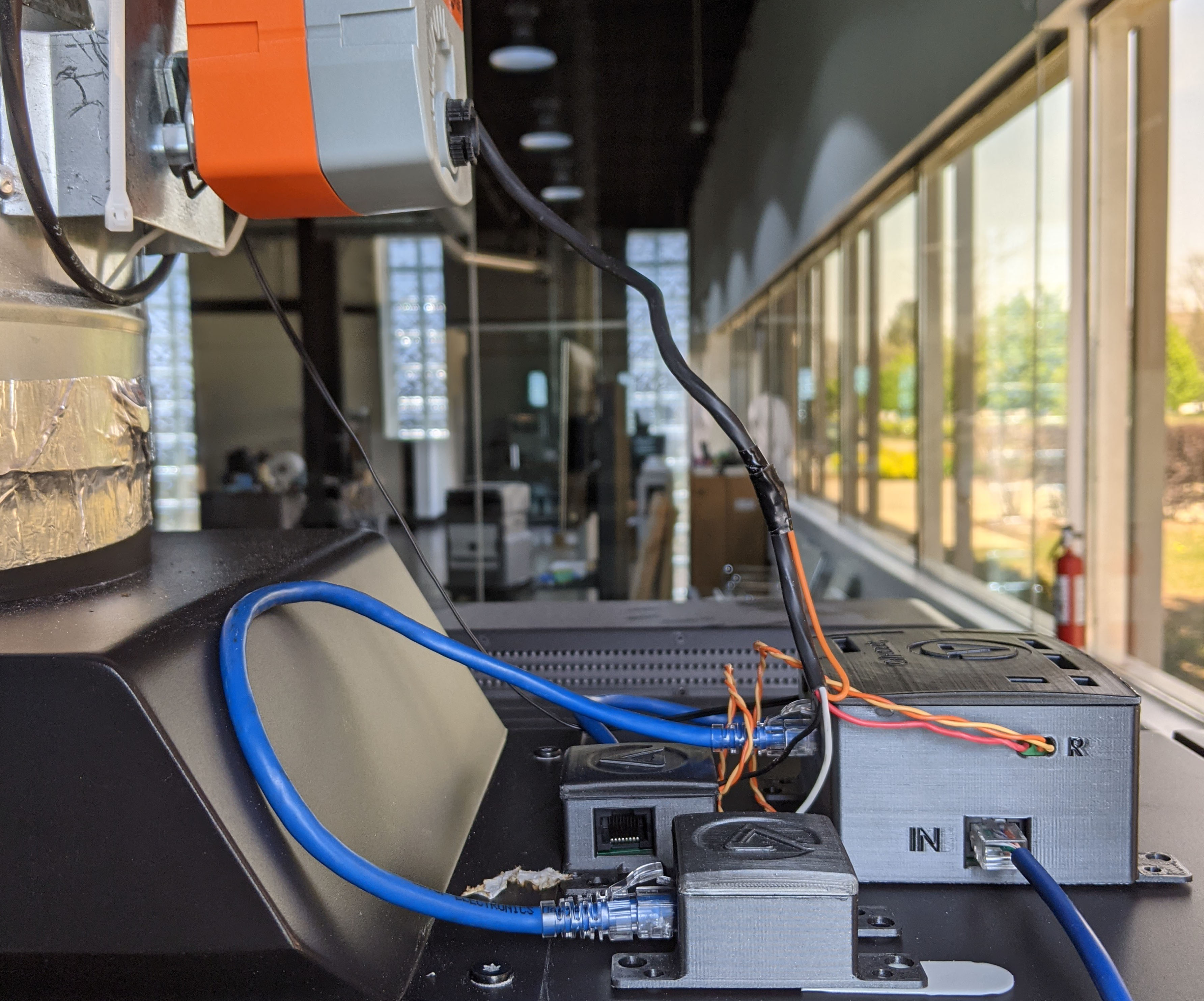Pre-order Cence HV, our fault-managed power system here




Additive manufacturing brings digital flexibility and efficiency to manufacturing operations, and Design Fusion is making additive adoption easy.
Vincent Adinkrah, Energy Storage Solutions Engineer, had this to say about the team at Design Fusion:
"No simulations task is too small or too complex...the Engineering Team brings their knowledge of multiple industries, materials, NX Simulations and Flow FD to ensure the uniqueness associated with all simulations are kept front and center." - Vincent Adinkrah - SPS

Design Fusion was experiencing problems with the air extraction system for their printers, and this was slowing their printers down, so they contacted Cence to help them improve the uptime of their printers. In order to optimize the printers' operation, the real challenge was to maintain a constant, specific pressure level at the outlet of the printers' exhaust.
Design Fusion also wanted the ability to connect a central exhaust system to multiple printers, and improve the efficiency of this system. To do this, they needed to be able to monitor and automate fan speeds to minimize fan power consumption.
Air quality is another important factor that contributes to how efficient an air extraction system will be, so they also wanted to be able to monitor the air quality in their space. They wanted to ensure that these controls could also be automated so that energy output of their HVAC system could be increased or decreased depending on the ventilation demand. This would take some of the workload off of the HVAC system itself.
Cence Power's system provides solutions to all of these problems, while additionally enabling Design Fusion to control the automations related to these systems on one cloud-based app. This app (the Cence App) has integrated digital twin software that makes controlling and automating Design Fusion's devices, intuitive.
Based on the client’s request, our team at Cence determined that Cence LVDC (low-voltage direct current) DC power distribution panel, wireless sensors, and the Cence App (digital twin software) would be the ideal solution to monitor and automate Design Fusion's HVAC system and improve the uptime of their printers. This system provides direct current (DC) power to the DC device that needs it (the Belimo actuator). By providing this device directly with the DC power it needs, inefficient AC to DC conversions are eliminated.
The Cence App brings the system and data together by allowing all of the collected data to be visualized and tracked over time. With the Cence App, Design Fusion can also monitor, control and automate all of the devices powered by the Cence panel, giving them much more control over their HVAC system’s power consumption and efficiency.
The combination of these Cence products provides these additional benefits (and more):
By integrating these devices with indoor environmental quality (IEQ) sensors, occupancy sensors, and our digital twin software, we enabled Design Fusion to monitor, control and automate their HVAC system and printers based on real-time sensor data. This allows Design Fusion to optimize energy consumption, as well as equipment performance.
Automation and energy savings
The Cence system essentially took various pieces of low-cost HVAC equipment that are not natively intelligent, and turned them into “smart devices”. These devices can now be automated, with features like demand controlled ventilation, to save energy.
Improved equipment uptime and energy savings
Cence improved the uptime of Design Fusion's printers, and made them more efficient, enabling their facility to be more productive.
Reduced cable costs
All actuators (ex. electric motors) use only a single cable to carry power and control data, saving 50% on wiring and installation costs. Wireless air quality sensors push wiring costs down further by eliminating the need for extra power cable.
Intuitive control
With the Cence App and digital twin software, HVAC systems and equipment can easily be controlled in real-time.
.png)
.png)
All in all, we implemented demand controlled ventilation, Power over Ethernet (PoE)/DC power distribution, differential pressure and temperature monitoring, digital twin software, and a wireless RF mesh network for IoT devices. Ultimately, since the implementation of our system, Design Fusion has been able to save energy costs, reduce emissions, improve the uptime of their printers, and optimize the efficiency and performance of their air extraction system.
